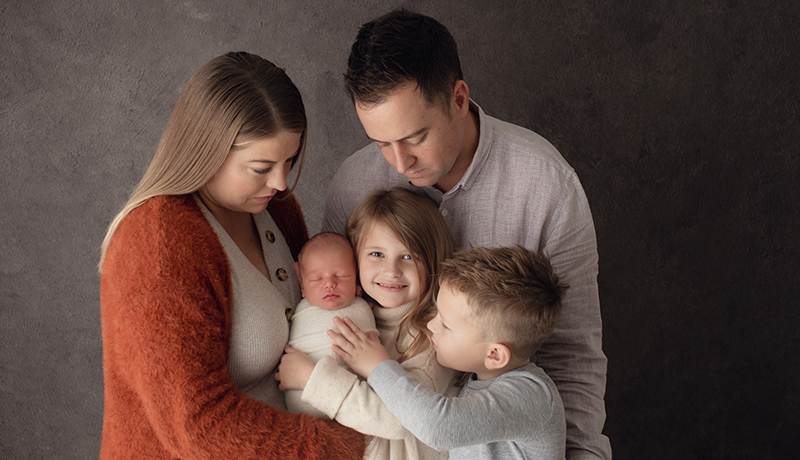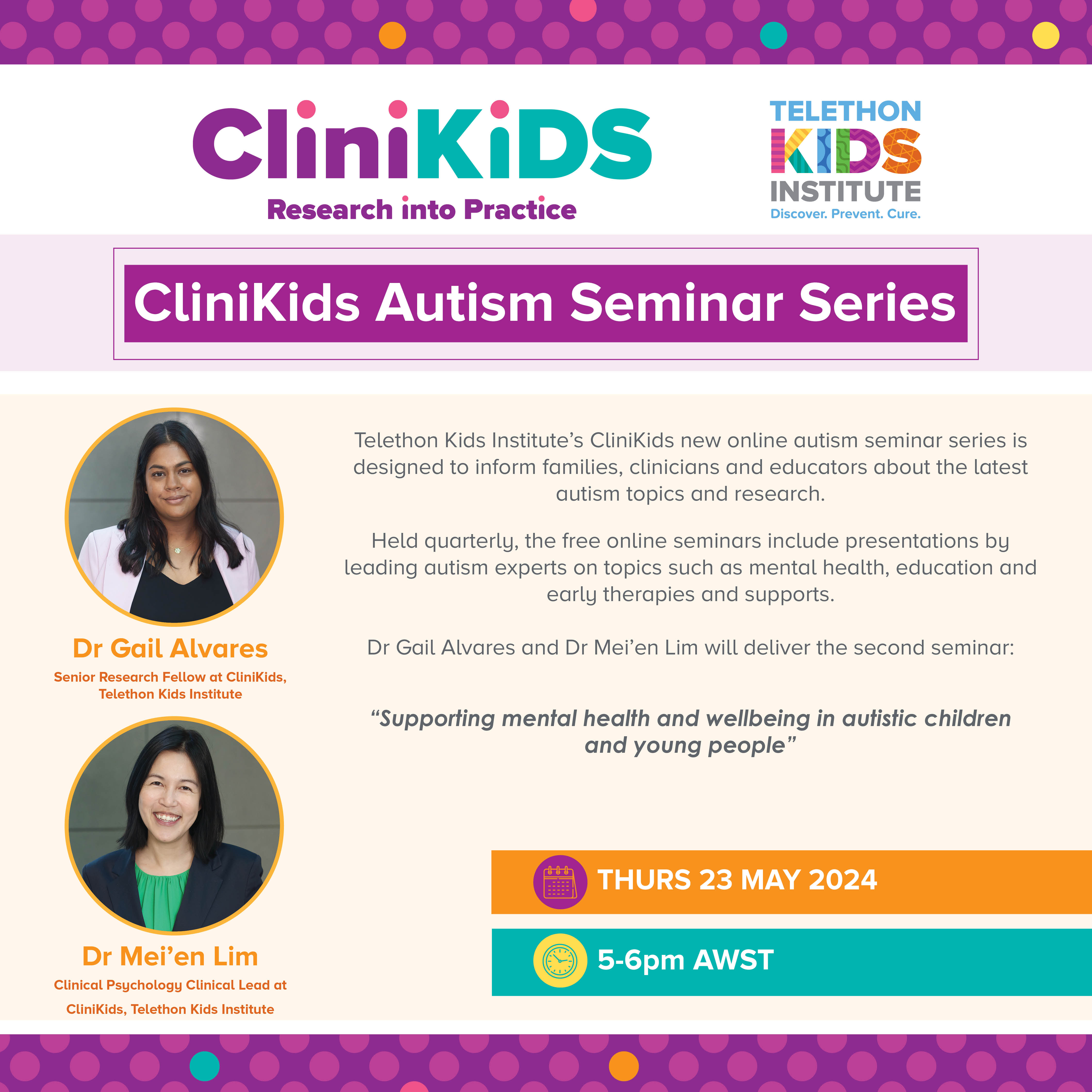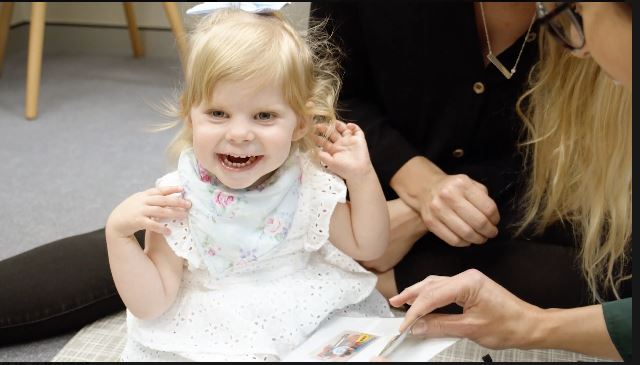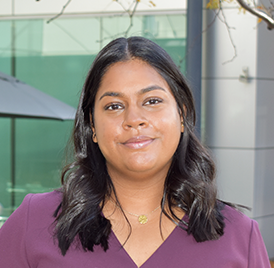Search
Showing results for "autism"
Research
Brief Report: Facial Asymmetry and Autistic-Like Traits in the General PopulationAtypical facial morphology, particularly increased facial asymmetry, has been identified in some individuals with Autism Spectrum Conditions (ASC). Many cognitive, behavioural and biological features associated with ASC also occur on a continuum in the general population.

Video technology is helping researchers learn more about the earliest features of autism, and in turn is helping families gain access to better interventions.

News & Events
Mental health seminarHere you will find follow up information from our autism seminar on mental health and autism.
Research
Are autistic traits in the general population stable across development?The current investigation measured AT in 360 males and 400 males from the general population close to two decades apart, using the Pervasive Developmental...
Research
Implementation of the National Guideline for the Assessment and Diagnosis of ASD in Australia – Health Sector Capacity BuildingAndrew Videos Whitehouse Watch and listen to Andrew PhD Angela Wright Bennett Professor of Autism Research at The Kids Research Institute Australia;
Research
Examining parent use of specific intervention techniques during a 12-week training program based on the Early Start Denver ModelThis study included five mothers of young children with autism who participated in a 12-week parent training program based on the Early Start Denver Model


Communicating with and Understanding your Baby

Research
Validation of a novel theory of mind measurement tool: The social robot video taskSocial communication difficulties in autism spectrum disorder have been associated with poor Theory of Mind (ToM), an ability to attribute mental states to others. Interventions using humanoid robots could improve ToM that may generalize to human-human interactions. Traditionally, ToM has been measured using the Firth-Happe Animations (FHA) task which depicts interactions between two animated triangles.
